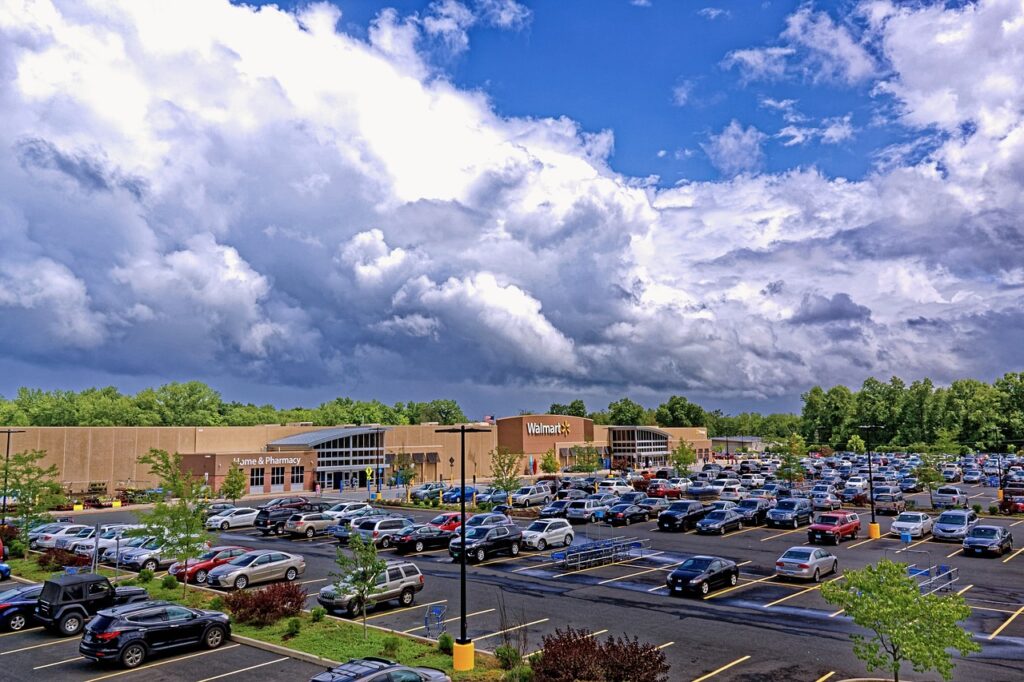Why Are Walmart Stores Closing? The Chains Leaves Chicago in Disarray
Why are Walmart Stores Closing? In a move that’s sure to make Chicagoans chuckle through their tears, Walmart has announced plans to close half of its Windy City locations. And with a particular focus on stores in predominantly minority neighborhoods on the South and West Sides. The retailer announced that it would expand in the city in 2020 as part of a racial justice movement. Because clearly, nothing says “racial justice” quite like stripping already underserved areas of food and retail options. This would leave residents to ponder the comedic genius of relying on massive corporations to save the day.
 The recent vanishing act by Walmart and other national chains from major US cities highlights the precarious tightrope these businesses walk in urban environments. As it turns out, these concrete jungles aren’t quite the playground for corporate giants as once thought. In spite of Walmart’s valiant efforts to turn the tide, the company has suffered skyrocketing losses in the past five years, which have nearly doubled. With the sustainability of these mega-retailers in question, city dwellers are left to wonder if perhaps their urban habitats have developed a natural defense against the encroachment of these commercial behemoths.
The recent vanishing act by Walmart and other national chains from major US cities highlights the precarious tightrope these businesses walk in urban environments. As it turns out, these concrete jungles aren’t quite the playground for corporate giants as once thought. In spite of Walmart’s valiant efforts to turn the tide, the company has suffered skyrocketing losses in the past five years, which have nearly doubled. With the sustainability of these mega-retailers in question, city dwellers are left to wonder if perhaps their urban habitats have developed a natural defense against the encroachment of these commercial behemoths.
Corporate Giants Find Urban Landscape Tough to Conquer
As national chains like Walmart hit the urban obstacle course, they’re finding it hard to dodge the relentless punches of higher rents. As well as sticky-fingered shoppers, and pandemic-induced ghost towns. And let’s not forget the cutthroat competition from Amazon and its same-day delivery cronies. These corporate heavyweights are left wobbling. Because of that some experts are shaking their heads, arguing that perhaps local businesses with a fierce loyalty to their city and its residents should have been in their corner from the get-go. After all, it’s the scrappy hometown heroes who know how to bob and weave in the urban boxing ring and still come out swinging.
 It seems Walmart isn’t the only corporate giant experiencing a city-sized headache. Whole Foods, Walgreens, CVS, and even the caffeine-fueled Starbucks have been shutting up shops in bustling metropolises like San Francisco and New York. As these titans of retail topple, it’s hard not to wonder whether putting all our eggs in the big-box basket was the best plan to tackle food and retail deserts in underserved areas. Maybe, just maybe, it’s time to rethink our strategy and look beyond these massive chains to find a more enduring urban solution.
It seems Walmart isn’t the only corporate giant experiencing a city-sized headache. Whole Foods, Walgreens, CVS, and even the caffeine-fueled Starbucks have been shutting up shops in bustling metropolises like San Francisco and New York. As these titans of retail topple, it’s hard not to wonder whether putting all our eggs in the big-box basket was the best plan to tackle food and retail deserts in underserved areas. Maybe, just maybe, it’s time to rethink our strategy and look beyond these massive chains to find a more enduring urban solution.
Big-Box Retailers: Not the Answer to Local Economic Woes
David Merriman, a professor who knows a thing or two about public policy, management, and analytics at the University of Illinois Chicago, cautions against seeing big-box retailers as a magical cure, all for local economic woes. In fact, Stacy Mitchell, the co-executive director of the Institute for Local Self-Reliance (a name that oozes hometown pride), thinks that city leaders would be wise to shift gears. Also, back local businesses that truly have their heart in the game. After all, nothing says “I care” quite like a hometown hero with a genuine passion for the city and its residents.
The retreat of Walmart and its fellow national chains from the urban battleground serves as a timely warning for city planners and policymakers everywhere. Instead of banking on these retail titans to save the day, perhaps it’s time to double down on local businesses. Because those small businesses wear their community pride like a badge of honor. As the challenges for big-box brands in major cities keep piling up, it’s becoming crystal clear that the secret sauce for sustainable urban development might just be a homegrown recipe. Which will be crafted with love by those who know their neighborhoods best.




Pingback: Foot Locker Shoe Store: The Curious Case of Declining Profit